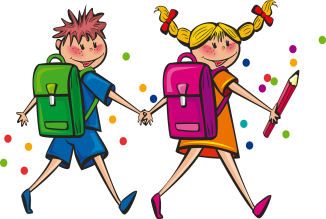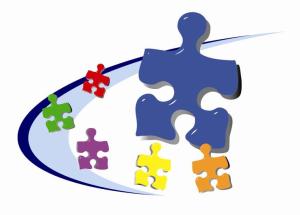
We’ve been BUSY this month here at Skill Builders. Twice a year, we conduct screenings at local preschools. Screenings are used to determine whether or not a child presents within the average range, as compared to same-aged children. We like to think of screenings as a way of catching kids before they fall. Identifying potential areas of weakness or delays early on can help start the intervention process sooner, rather than waiting until academic or social problems arise. A screening is not a formal assessment, but a tool used to identify whether a formal evaluation is needed. Screenings are an important part of well-child health care, and can be a valuable tool for both parents and teachers
So what is a screening?
Prior to the screening, we collect a brief case history form from the parents that alert us to any pertinent medical history or diagnoses, as well as any previous therapy services. This form also allows for parents to express concerns or ask questions so we can take an extra look at certain skill areas.
Additionally, we often collect a short questionnaire from the child’s classroom teacher to get an idea of how the child presents in class, as well as any areas of concern that the teacher might have.
Each screening takes approximately 15-20 minutes. Clinicians will often pull children in groups of 2-3 in order to make them more comfortable. We use a combination of standardized assessment tools, as well as our own clinical observations as we engage the children in tasks that showcase various skills. The activities are play-based and fun, and our goal is for the children to perceive the experience as just “playing with a new teacher”! 🙂
After the screening is over, the clinician will write up a short report to summarize the findings. If areas of concern are identified, a formal evaluation may be recommended. Sometimes, if a skill area appears “on the cusp”, we recommend that a child’s skills be monitored, and re-screened in 6 months. If all looks age-appropriate, we recommend that children still participate in screenings once a year until they reach elementary school. At Skill Builders, we offer the option of scheduling a brief phone call with the screening therapist to ensure parents understand the results, and to address any additional questions.
Skill Builders offers three different types of screenings:
1. Hearing Screening
A Pure Tone Test is a “pass/fail” test that determines if a child can detect a range of frequencies in each ear. If the child passes, it is presumed that there is no hearing loss. If the child is not able to detect one or more frequencies, a comprehensive evaluation conducted by an audiologist is required. If a child is not cooperative, or does not appear to understand the task, we may recommend that he have a repeat hearing screening at his pediatrician’s office.
2. Speech and Language Screening
*Articulation
*Oral Motor Skills
*Expressive Language
*Receptive Language
*Auditory Processing
*Fluency
*Voice
*Pragmatic/Social Languag
3. Occupational Therapy Screening
*Fine Motor
*Pre-Writing Skill Development
*Visual Perceptual Skills
*Sensory-Motor Processing
*Balance
*Bilateral Coordination
*Frustration Tolerance
*Body Awareness
*Visual Attention
We love doing screenings because it allows us private practice clinicians a glimpse into classroom life, and it gives us a good refresher of what typical development looks like. Skill Builders enjoys partnering with area schools and parents to promote early identification and intervention in important areas of development.
If your child’s preschool is interested in offering screenings, please contact Cari Syron at cari@skillbuildersllc.com.
-Elizabeth Clark McKenzie, MS, CCC-SLP


 In December 2015, a study was published that cautioned parents against the use of cause and effect toys for language development. The study (from
In December 2015, a study was published that cautioned parents against the use of cause and effect toys for language development. The study (from 